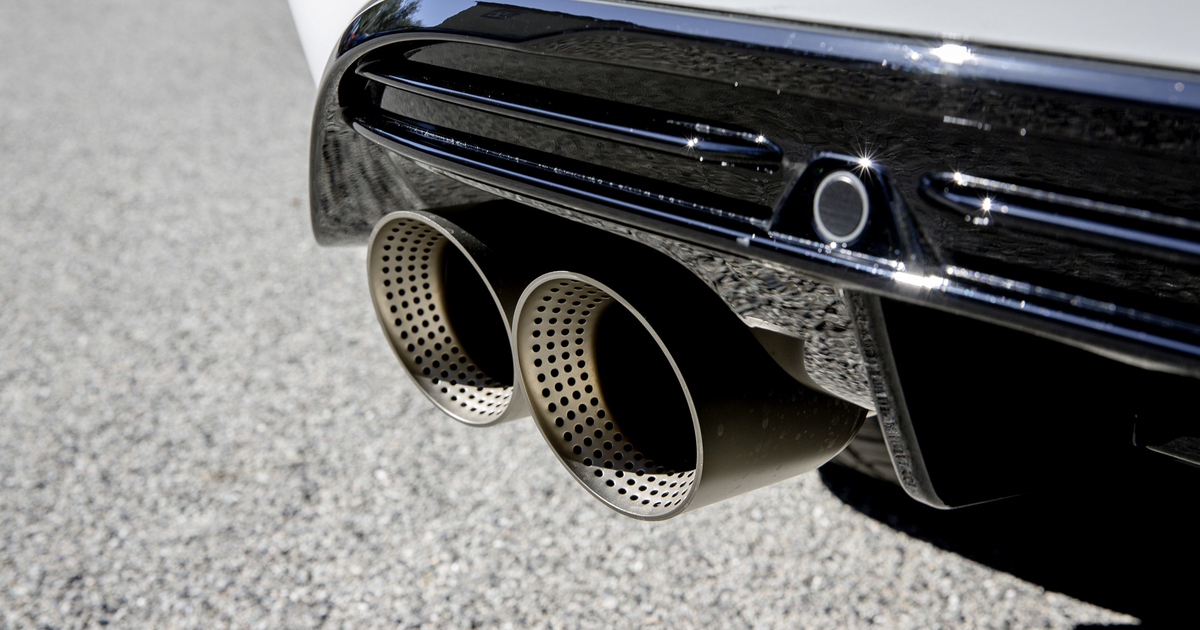That’s it, the Euro 7 anti-pollution standard has been voted on by the European Parliament, but its detractors can rest assured: it no longer has anything to do with the initial text proposed by the European Commission. The automobile industry accused Euro 7 of imposing too large investments to bring thermal engines into compliance, while manufacturers must already prepare for the transition to all-electric in Europe, set for 2035 (excluding e-fuels).
The lobbies will have got the better of Euro 7, which has evolved to become a much less restrictive standard. Thus, while it provided for reductions in tailpipe emissions for cars with internal combustion engines, it will ultimately retain the thresholds of the Euro 6 standard, currently in force. Only heavy goods vehicles will be subject to stricter requirements.
In addition, as expected, the text voted by Parliament provides for application to be postponed compared to the initial schedule. It will finally be in July 2030 for cars and a year later for heavy goods vehicles, while the application of the Euro 7 standard was initially scheduled for 2025 and 2027 respectively.
Particle emissions from brakes and tires finally controlled
Fortunately, one point has been retained: that which concerns particle emissions due to wear of brakes and tires. Until then, they were not measured and were therefore not subject to any maximum threshold.
With Euro 7, all cars will have to respect a threshold for brake particle emissions (PM10) of 7 mg/km, then 3 mg/km from 2035. Well almost, since if electric and hybrid cars will also be subject to these standards, they should benefit from significant reductions.
As for tires, the emission limits are not yet known, nor the method used to calculate them. If electric cars manage to emit fewer brake particles by favoring energy recovery, like hybrid models, this is not the case for particles resulting from tire degradation. Electric vehicles, heavier than equivalent thermal models, actually wear out their tires more quickly.
Finally, the durability of the batteries of electric and plug-in hybrid cars will be monitored, in order to establish a maximum reduction in their state of health after a certain period. Parliament will now have to negotiate the final form of the law with the governments of EU countries.
